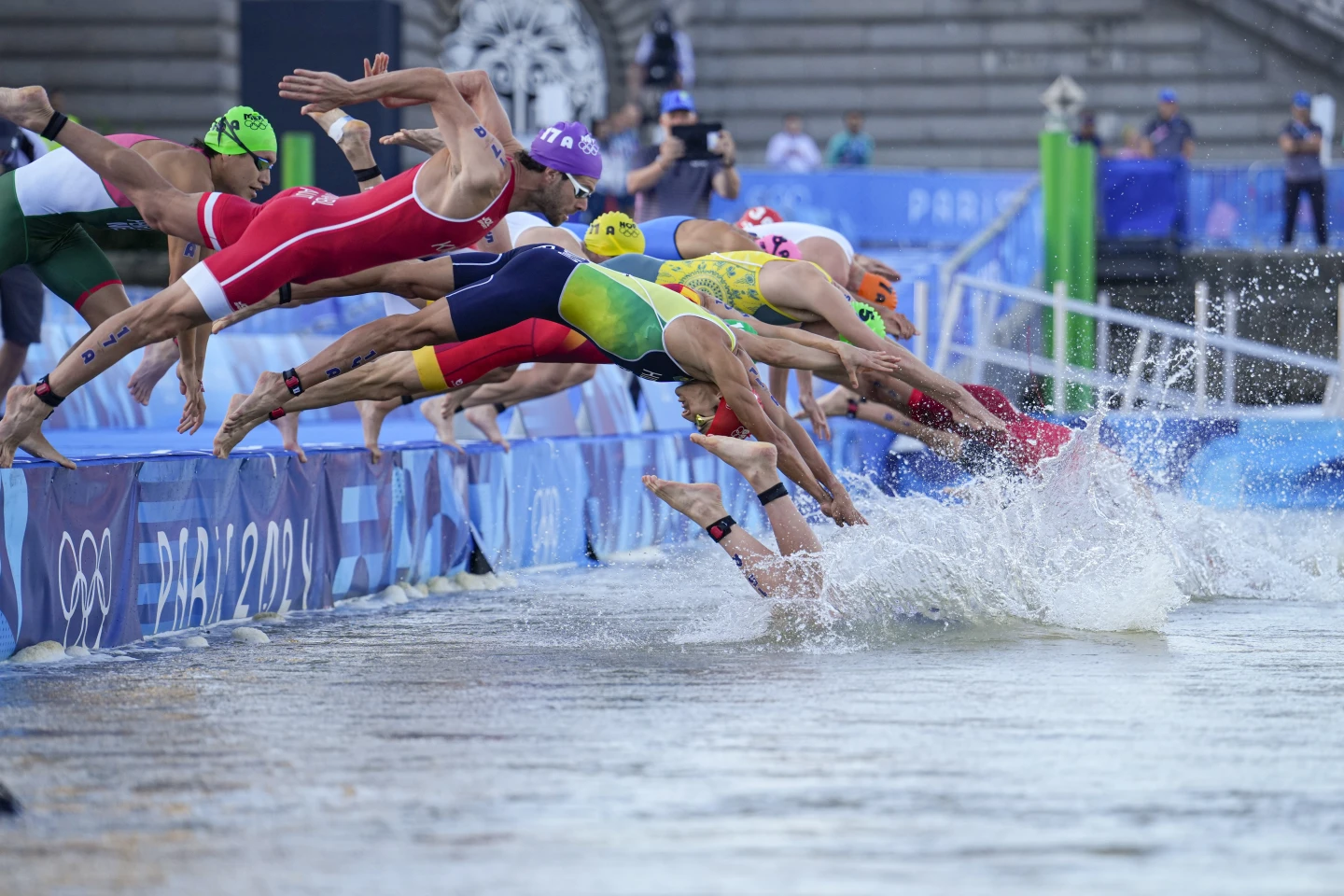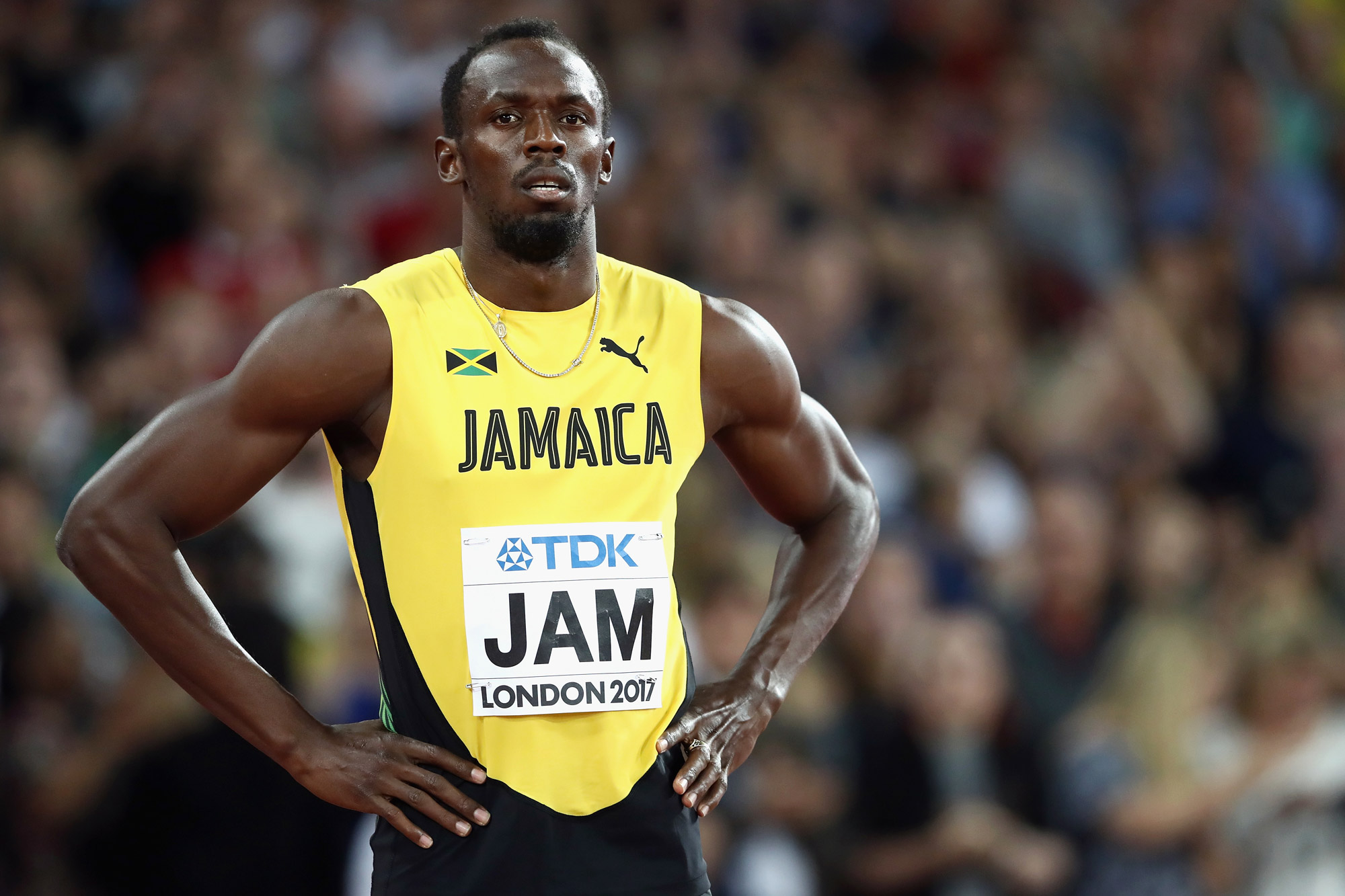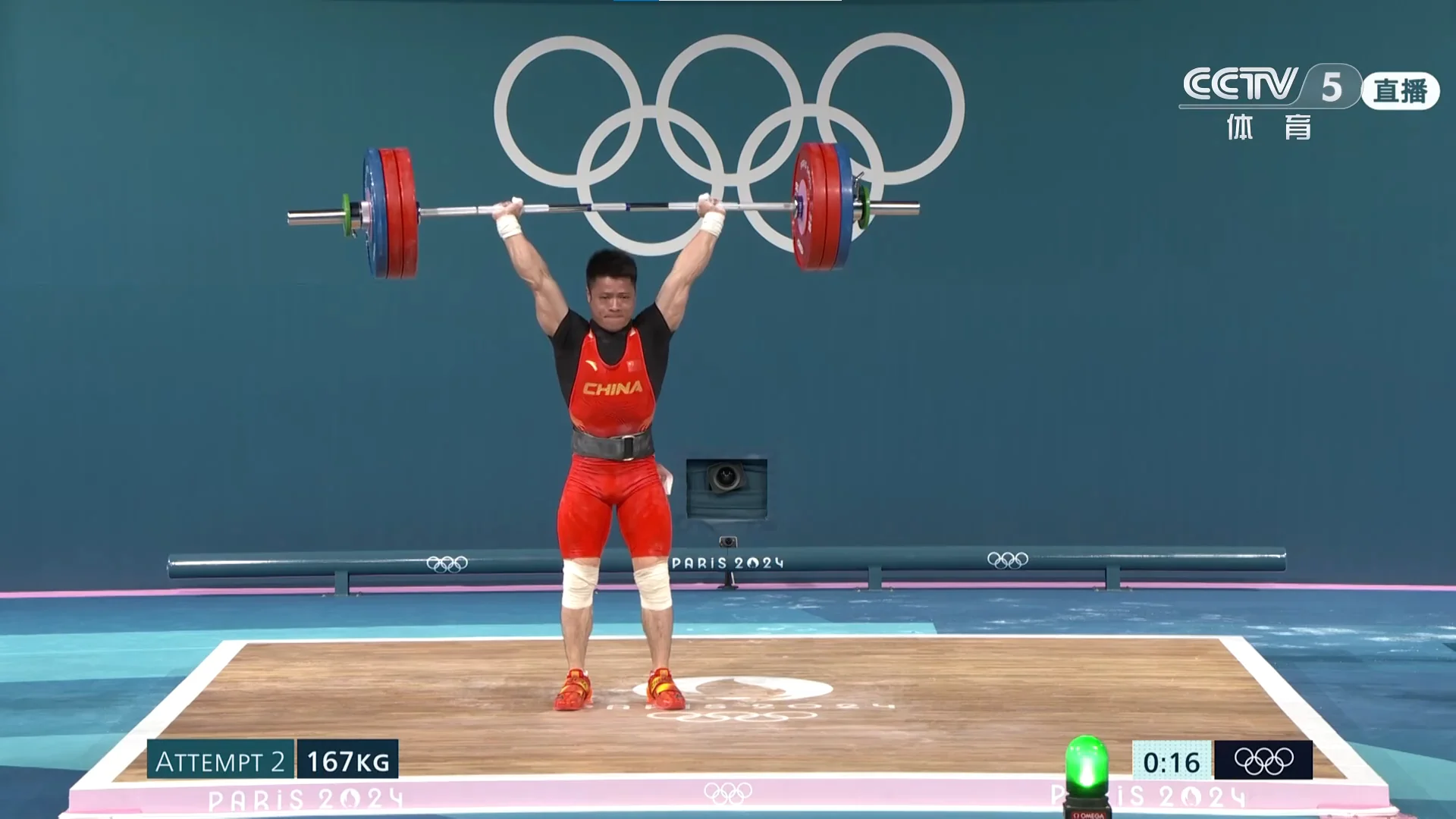Olympic triathletes jumped into the Seine River for the mixed relay event on Monday after organizers confirmed that bacteria levels in the long-polluted Paris waterway were now at acceptable levels.
The plan to hold the swimming parts of the triathlons and the marathon swimming events in the Seine was ambitious. Swimming in the river has generally been prohibited since 1923 due to its high toxicity.
Representatives from World Triathlon, the International Olympic Committee, Paris Games organizers, and regional and weather authorities met on Sunday night to review water test results.
They found that the water quality at the triathlon site had improved over the previous hours and would meet the standards set by World Triathlon by Monday morning, according to their statement.
In a very close finish, Germany’s team won the gold medal, the United States took silver, and Britain earned bronze.
The decision to proceed with the Seine swims came after Belgium’s Olympic committee announced it would pull out of the mixed relay triathlon because one of its competitors, who swam in the river last week, became ill.
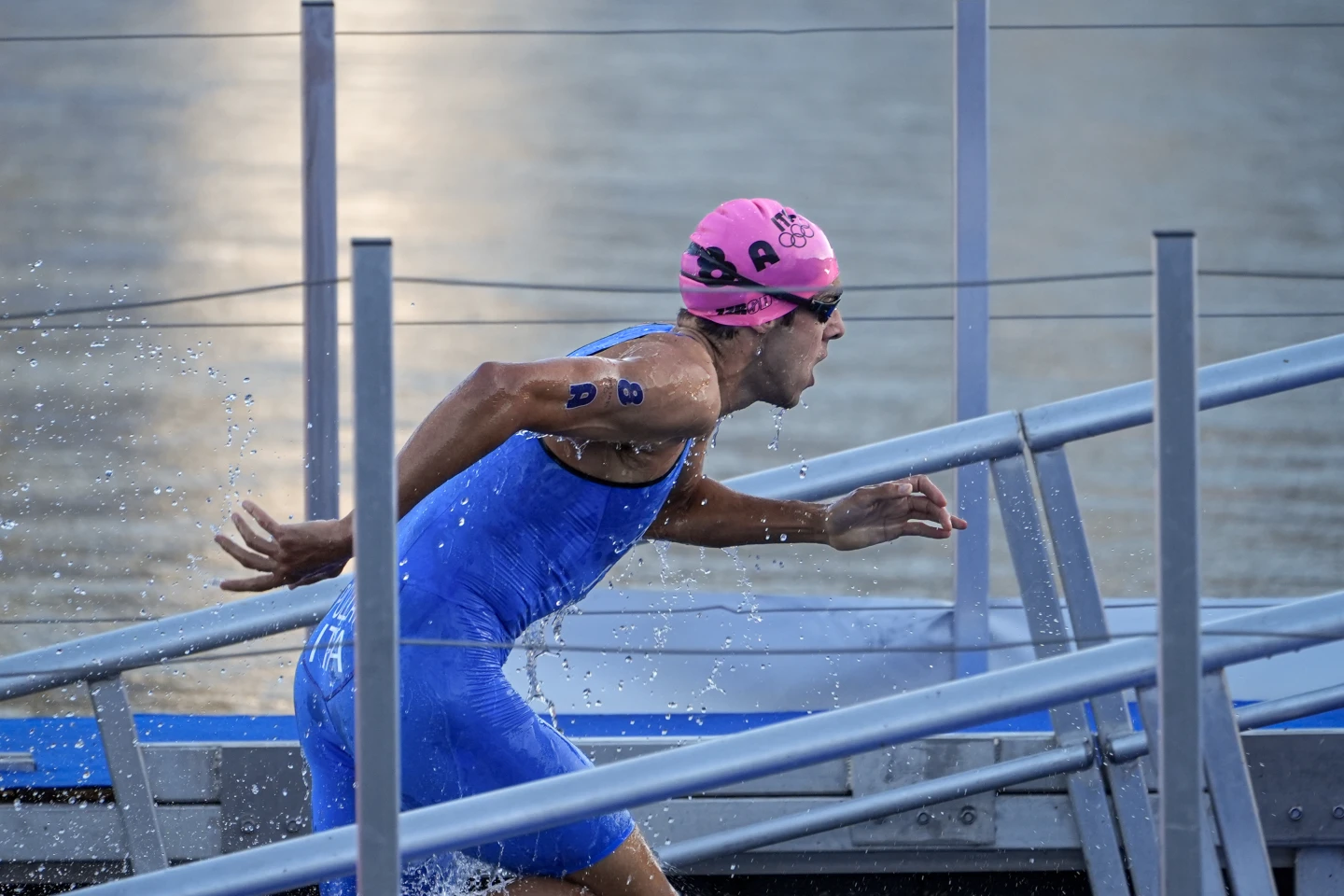
At recent news conferences, Paris Deputy Mayor Pierre Rabadan has become visibly tired of questions about water quality and the ongoing doubts about holding swimming events in the Seine.
“It’s not about deciding to swim or not. There are rules. There are European regulations. We take samples every day to know whether the water quality is good enough to swim. It’s rather factual,” he told reporters on Monday.
Paris invested 1.4 billion euros ($1.5 billion) in improving the river’s infrastructure to clean it up. This included building a large basin to capture excess rainwater and prevent wastewater from entering the river, renovating sewer systems, and upgrading wastewater treatment plants.
Heavy rains during the Games have been a problem for organizers because they lead to higher levels of fecal bacteria, including E. coli and enterococci, flowing into the river.
There was heavy rain on Thursday night, but otherwise, it had been dry except for some light rain on Saturday evening. The sun was shining brightly during the race on Monday, and athletes said organizers assured them there were no concerns about the water quality.
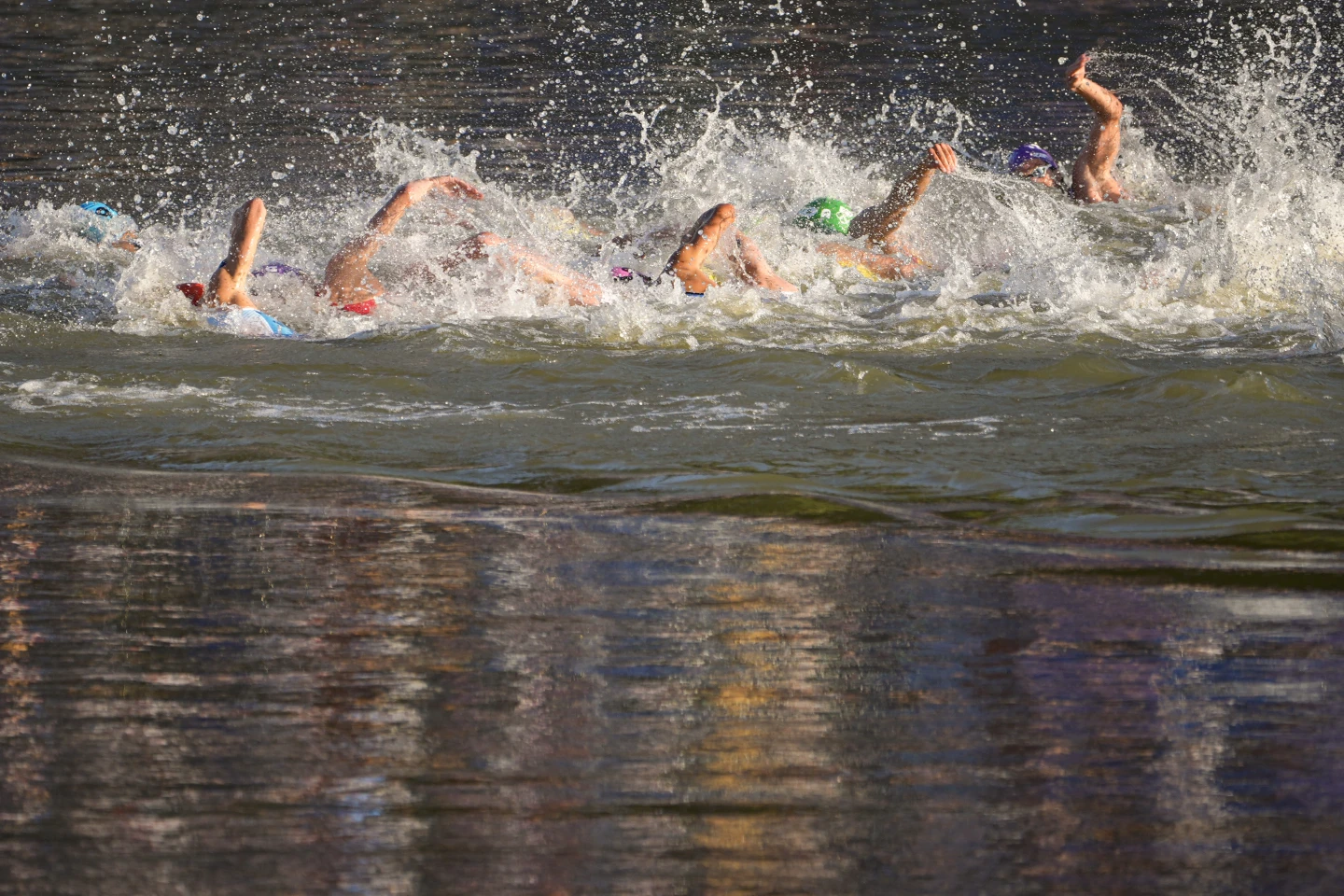
Organizers have remained confident that the warm temperatures and the sun’s ultraviolet rays would kill enough of the germs before each event that includes swimming in the Seine.
Athletes swam in the river for the men’s and women’s individual triathlons last Wednesday, although the men’s race was delayed by a day due to water quality issues. High bacteria levels also led to cancellations of the swimming part of training sessions for the relay event.
American triathlete Taylor Spivey said the uncertainty was challenging.
“Everyone watching can see what an incredible venue this was for the triathlon,” she said, pointing out that organizers clearly chose the location for the view of Paris landmarks, including the Eiffel Tower and the Champs-Elysees.
“But the constant question of the water quality … and the current was very stressful for the athletes, I would say because the contingency plan was only to push the race back, not necessarily like a plan B location.”
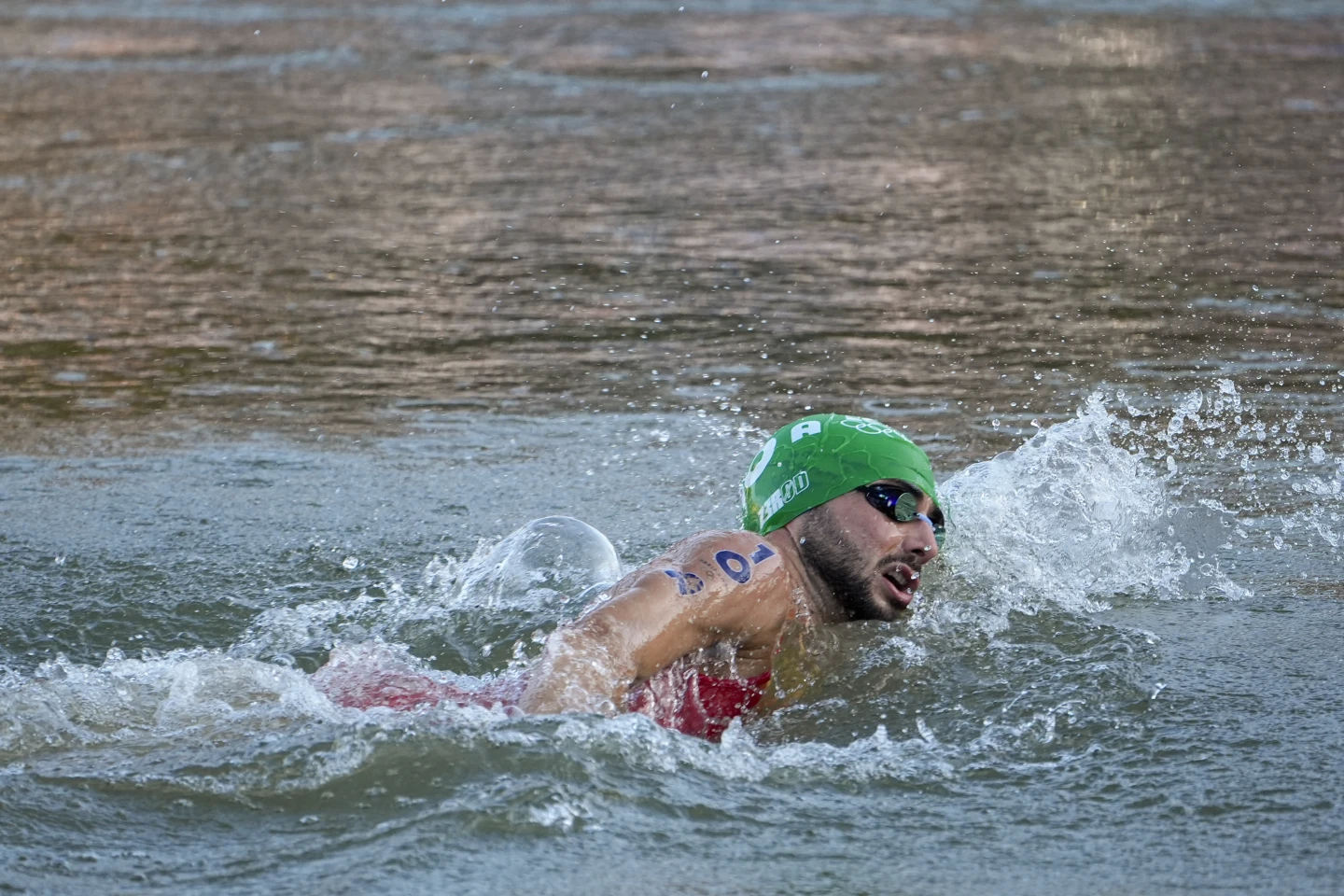
Her teammate, Morgan Pearson, said the last-minute changes were unfair to both athletes and fans. He was also frustrated with the ongoing questions about the water quality in the Seine: “I qualified a year ago and I think, no pun intended, we’re all just a little bit sick of the question.”
Brazilian triathlete Arnold Djenyfer said the water was fine on Monday.
“There was really no difference about the quality of the water today compared to the first race,” he said. “We already knew what we were going to face and it was all fine.”
Belgium’s team withdrew from the triathlon mixed relay after athlete Claire Michel got sick and went to a clinic in the athletes’ village for treatment on Sunday. Paris city officials advised against jumping to conclusions.
“There’s also plenty of other athletes who are sick at the village and have not swum in the Seine. Them, we hear less of,” Rabadan, the deputy mayor, said.
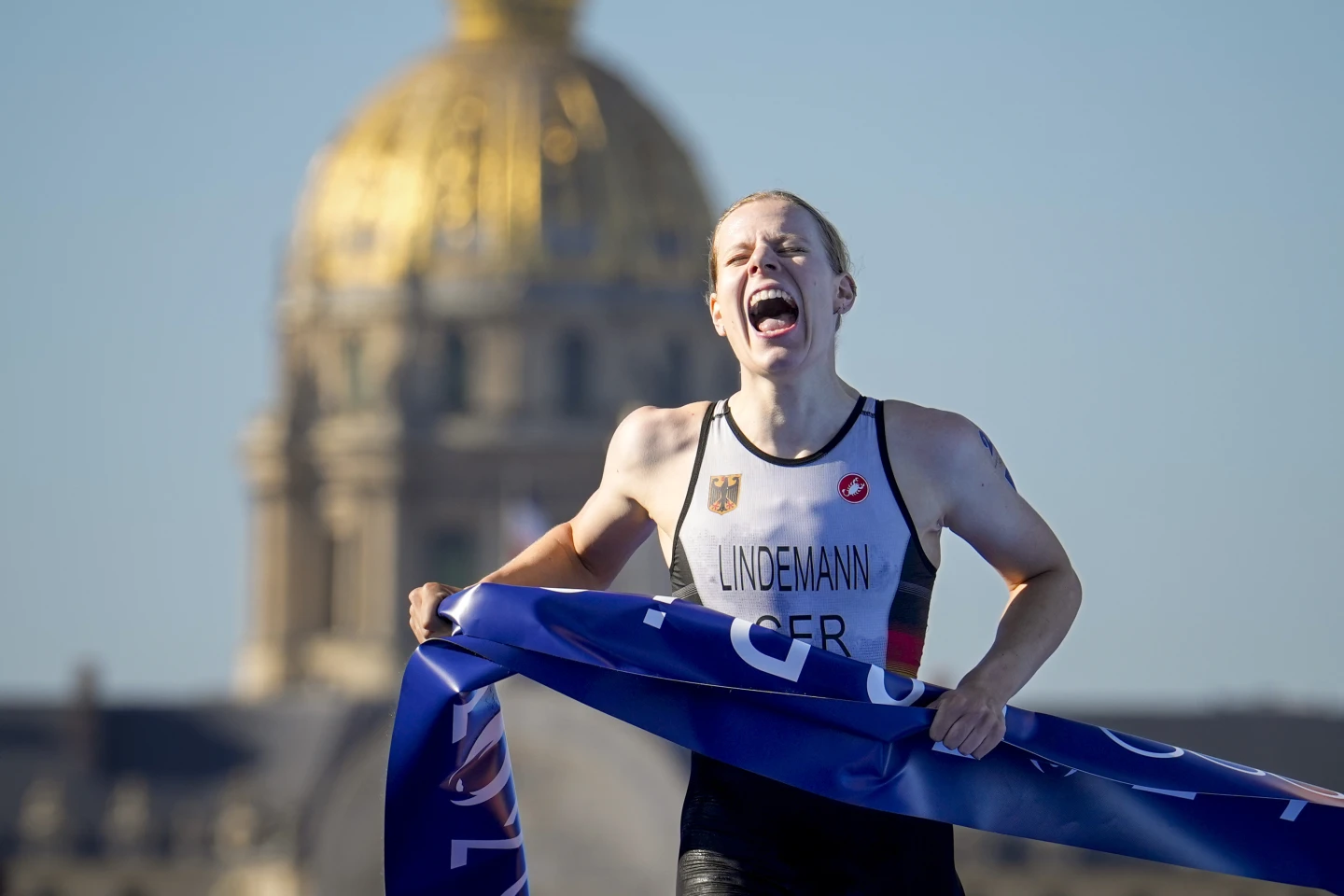
Vetle Bergsvik Thorn from Norway, who competed on Monday, also got sick recently. He said he had a bad stomach illness for about 12 hours but mentioned, “it’s hard to say if it’s the river or just some ordinary food poisoning.”
“It’s been quite a few stressful days with not knowing if we can swim or not,” he said.
Swiss officials announced on Saturday that triathlete Adrien Briffod, who had competed in the Seine on Wednesday, would not take part on Monday due to a stomach infection.
On Sunday, they also announced that Simon Westermann, who was set to replace Briffod, had to withdraw because of a gastrointestinal infection. Westermann had not participated in any swims in the Seine.
Switzerland’s Julie Derron, who won silver in the women’s triathlon, said the team had faced “a bit of turbulence” in recent days. However, she said that, despite the challenges, the experience has been positive.
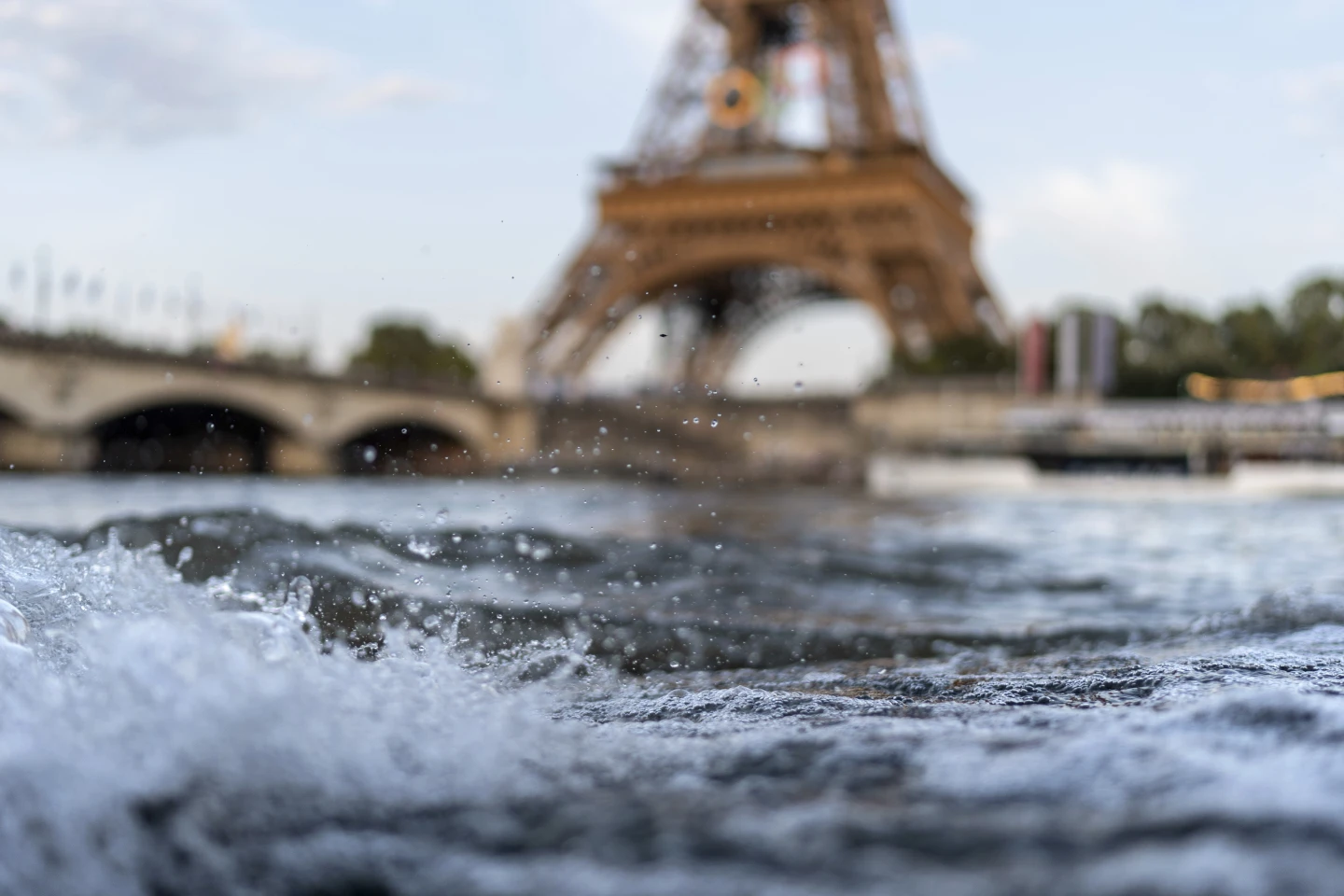
“I think it was challenging conditions obviously, to hold the race, but I think the pictures, the memories that we take away, they’re incredible,” she said.
Daily water quality tests check the levels of fecal bacteria, including E. coli. World Triathlon’s water safety rules and a 2006 European Union directive set standards for E. coli levels.
According to World Triathlon’s guidelines, E. coli levels up to 1,000 colony-forming units per 100 milliliters are considered “good” and allow competitions to proceed.
The triathlon mixed relay consists of four-person teams with two men and two women. Each athlete swims for 300 meters (yards), cycles for 6.8 kilometers (4.2 miles), and runs for 2 kilometers (1.2 miles).



